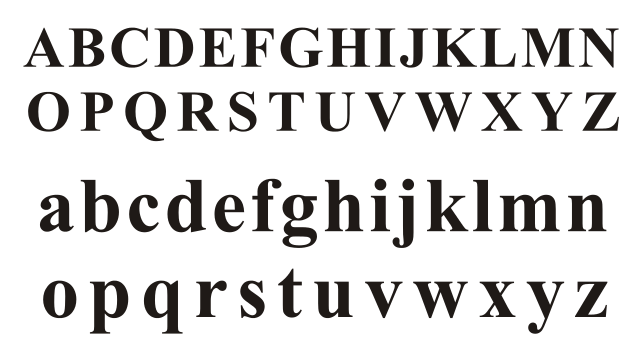Old English vs Middle English vs Modern English
Old, Middle, and Modern English are classifications of the English language, which has seen significant changes over its 1700-year history. It has become the world’s third most widely spoken native language, after Mandarin Chinese and Spanish, and is the official language of many countries where it is not a native language.
Key Takeaways
- Old English (450 AD-1100 AD) originated from West Germanic languages spoken by tribes that invaded Britain, such as the Anglos, Saxons, and Jutes.
- Middle English (1100 AD-1500 AD) developed during the Norman conquests in Britain, with significant French language influence.
- Modern English (1500 AD-present) emerged from the fifteenth century with shifts in vowel pronunciation, influenced by the classical renaissance period and the industrial revolution in Britain.
More about Old English
Old English originated from West Germanic languages spoken by tribes that invaded Britain, including the Anglos, Saxons, and Jutes. Their dialects formed the basis of the original English language.
More about Middle English
During the eleventh century, Norman conquests in Britain influenced the development of the English language. The Duke of Normandy, William the Conqueror, conquered Britain in 1066, bringing various new impressions to the English language, including the French language.
More about Modern English
From the fifteenth century, the English language experienced a significant shift, particularly in vowel pronunciation. Vowel sounds became shorter, forming the modern English spoken in many countries today. The vowel shift coincided with the classical renaissance period, the Romantic Movement, and the industrial revolution in Britain, which contributed to the final evolution of the English language. The late modern English language emerged after the industrial revolution and features a more varied vocabulary compared to its early version.
Differences between Old English, Middle English, and Modern English
- Time: Old English (450 AD-1100 AD), Middle English (1100 AD-1500 AD), and Modern English (1500 AD-present)
- Influence: Old English had Latin influence, Middle English had French influence, and Modern English developed as a language of its own.
- Sentence Structure: Old English had a more flexible sentence structure, while Middle and Modern English follow the subject-verb-object sentence structure.
- Pronouns: Old English had a variety of pronouns for the same case, while Modern English typically has one pronoun for each case.
- Pronunciation: Old English had some silent letters, all written letters were pronounced in Middle English, and some letters are not pronounced in Modern English.
